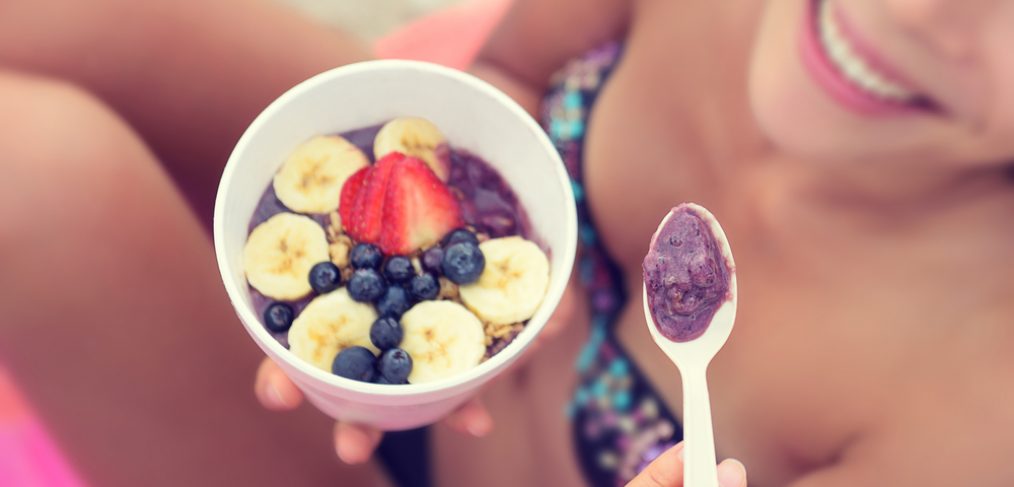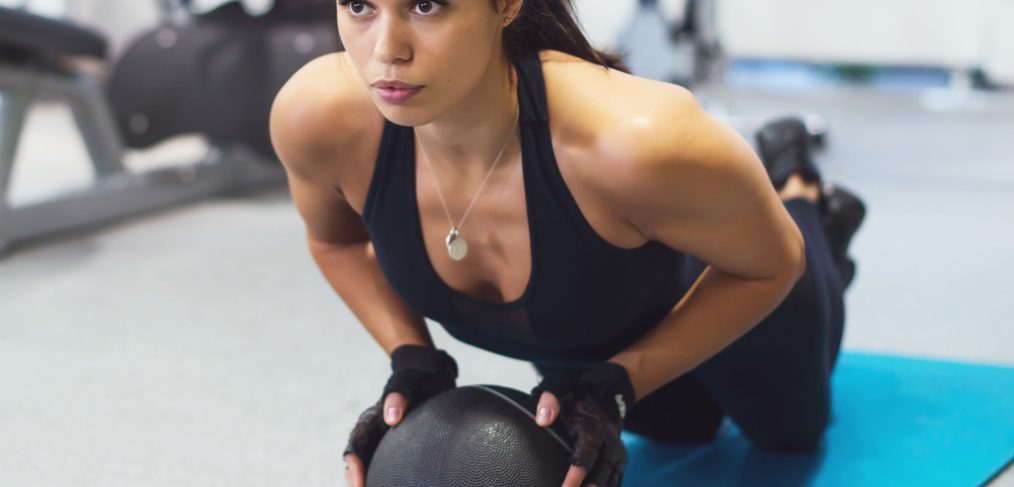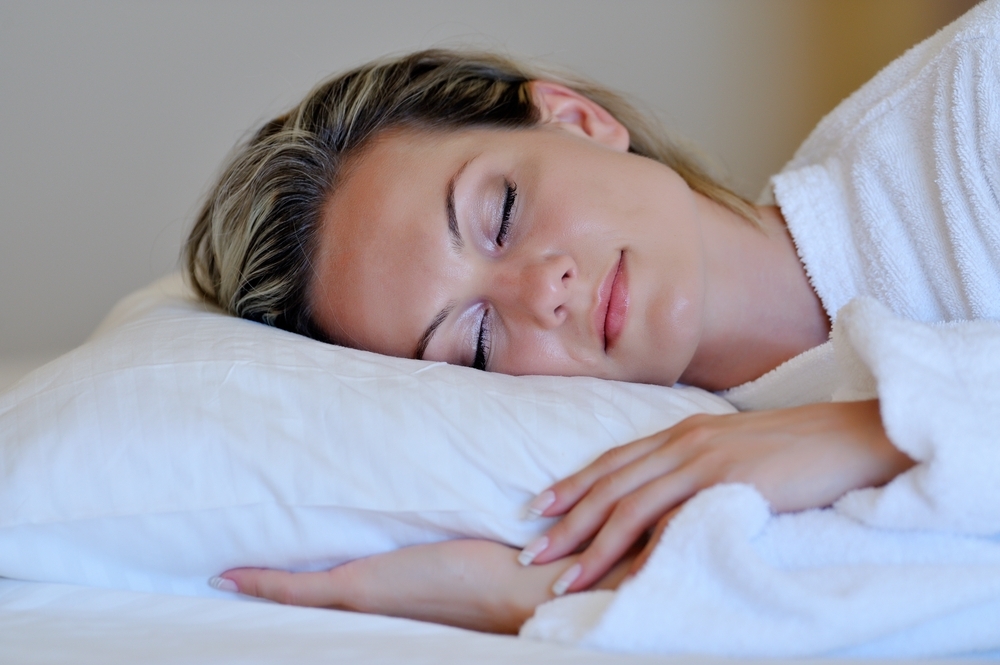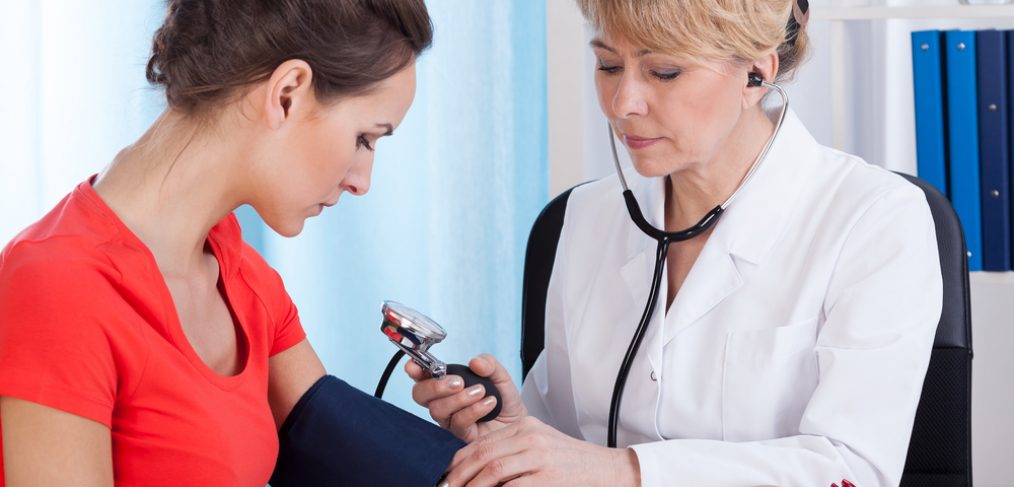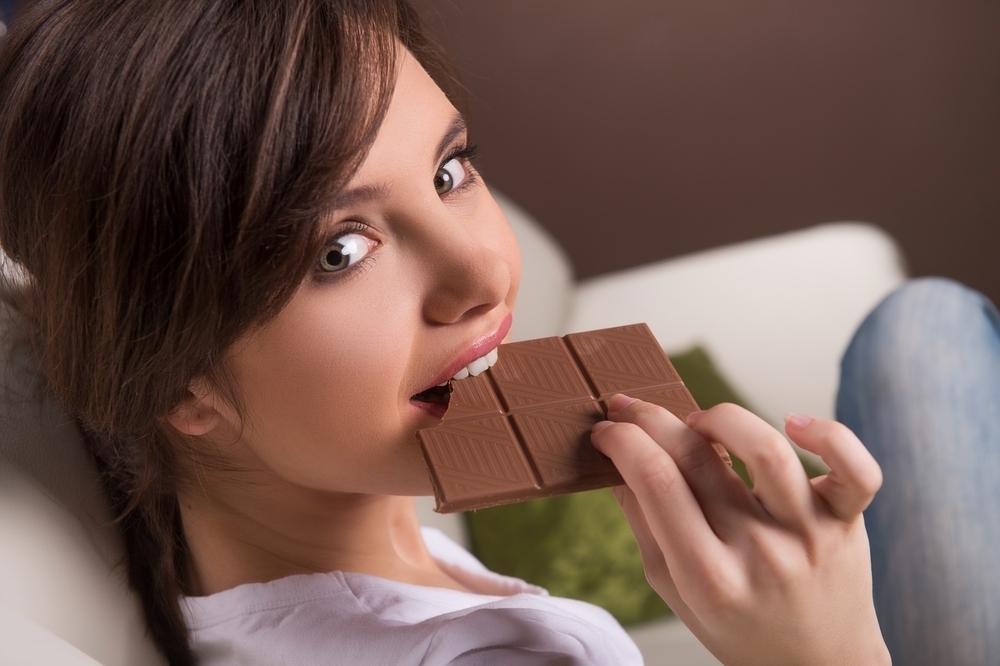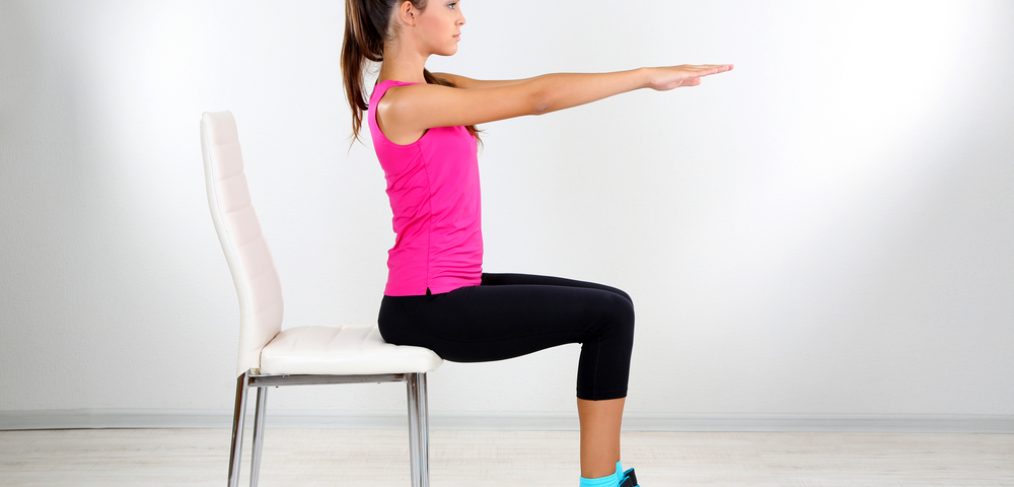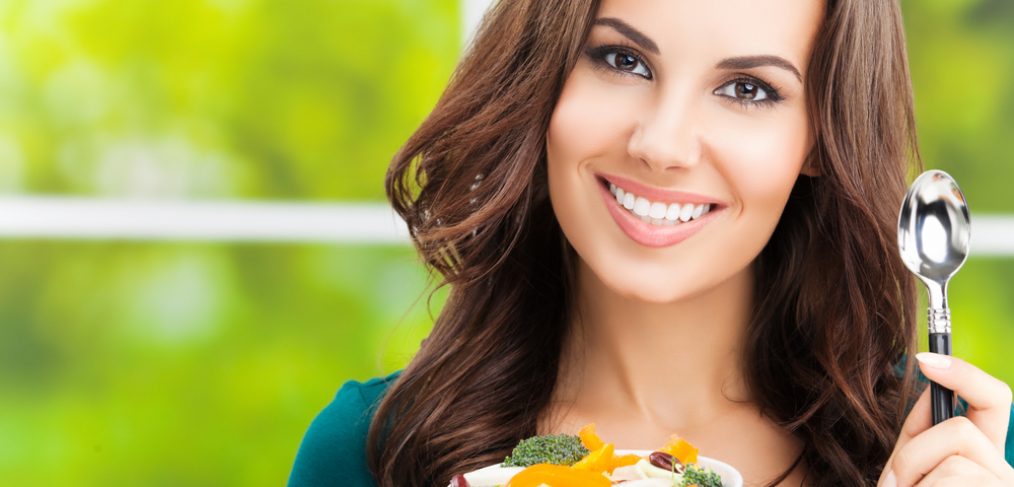At a time when sugar added to processed food is blamed for a large part of the obesity epidemic in America today, it is hard to imagine any publication seriously advising us to consume more of it. In fact, the health conscious among us are probably more concerned with avoiding it. Going sugar-free is a big step, but if you would like to explore the possibility, here are some tips that may help create a sugar-free diet plan.
No Sweetened Drinks
Did you know a 12 oz soft drink can contains about 10 teaspoons of sugar? Cutting soda from your diet can significantly reduce your sugar level. In addition, it’s probably a good idea to stay away from candy, even if it is sugar free. These options often contain toxic sweeteners, the exceptions being those sweetened with stevia.
No Packaged Food
Even packaged organic products can contain relatively large amounts of sugar. You’ll probably do best by tossing these foods in the bin and not buying any more of them to resist temptation. Instead, make snacks at home, like hot cereal, eggs, toast, or homemade muffins. Fruits and veggies are also healthy options. It may be extra work, but think of how much money you will save to buy those really fabulous Christmas gifts!
Be Careful When Eating Out
Even if you choose a salad, beware, sugar abounds in salad dressings.When at a restaurant, grilled meats and roasted vegetables are probably your best bets for keeping sugar levels down.
Eat lots of Veggies and Protein
In the book, “The Mood Cure,” author Julie Ross recommends not only cutting out refined foods, but also adding good ones. She advises that you aim for 20-30 grams of protein at every meal and four to five cups of vegetables daily. Eating regular healthy meals will make you less likely to reach for that extra cookie or donut.
The two Teaspoons of Sugar Rule
If you’re finding it difficult to go completely cold turkey, you may want to start by using unrefined sweeteners like raw honey, pure maple syrup of coconut sugar. These contain vitamins and minerals and are less harmful to the body. They are also less addictive than regular sugar and have a much less significant effect on blood sugar levels. Dr. Nancy Appleton, author of “Suicide by Sugar,” found that you can allow yourself two teaspoons of sugar two to three times a day and still remain healthy. So if you’re really craving that extra sweetness, try adding a little honey to your tea or yogurt.
Do you think you’re ready for a sugar free diet plan? Let us know how you did with it! We would love to hear from all of you brave souls!




